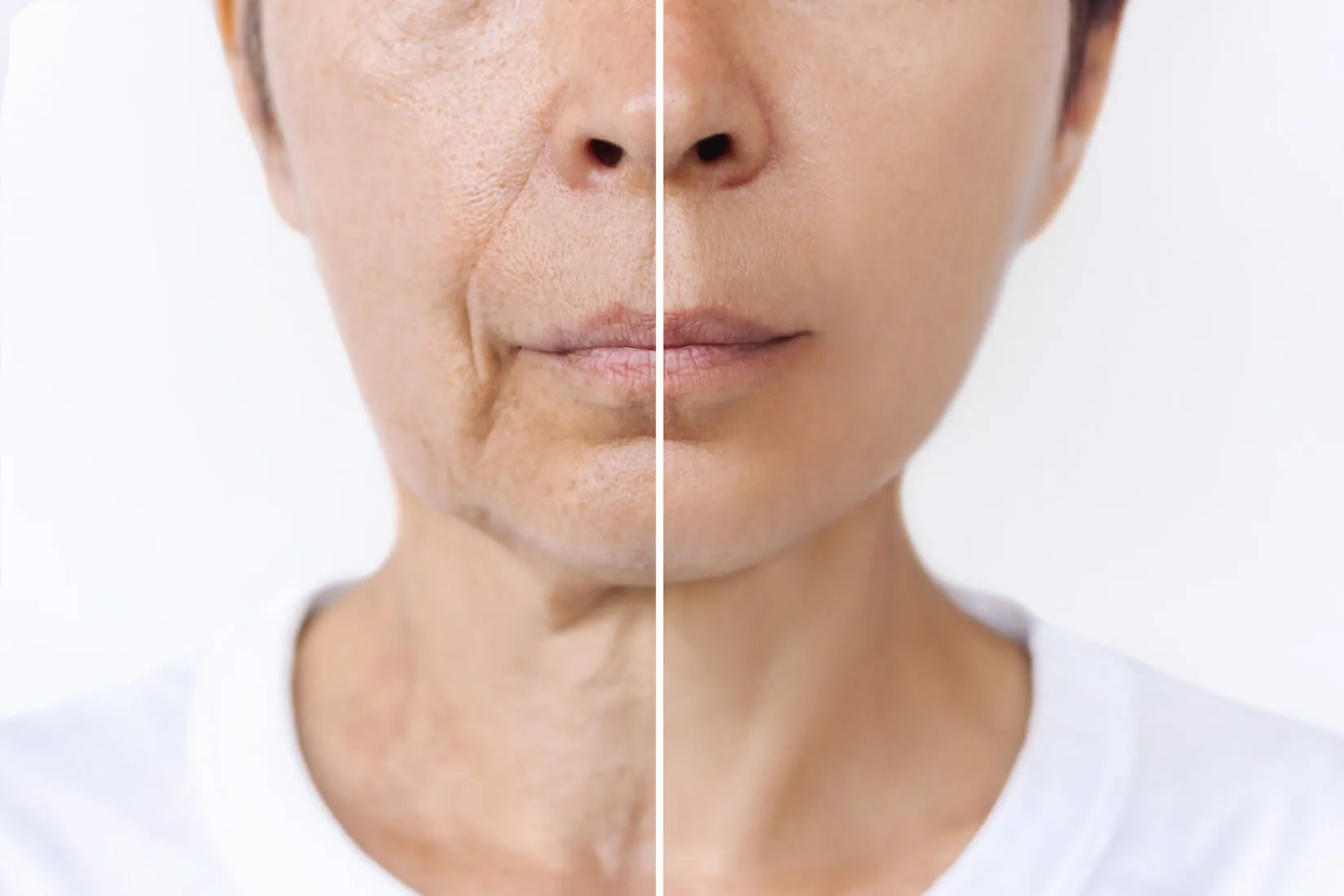If you are suffering from chronic nasal congestion, sleep apnea, or a deviated septum, you may be able to alleviate these issues with a turbinectomy. Board-certified plastic surgeon and nose surgery specialist Dr. Manish Shah at Shah Aesthetic Surgery in South Denver is highly skilled in this delicate inferior turbinate reduction surgery to decrease the size of the turbinates and reduce the resistance in the airway. If you feel like your symptoms are caused by swollen turbinates, Dr. Shah can create a customized treatment plan during your initial consultation.
What are turbinates?
Turbinates are small bony structures located inside the nasal chamber that help regulate, warm up, and moisturize the air. These can become swollen in a condition known as turbinate hypertrophy and can lead to uncomfortable issues, such as sleep apnea, nosebleeds, chronic sinus infections, breathing problems, and more.
What can I expect during a turbinectomy?
A turbinectomy is generally performed as an outpatient procedure using general anesthesia. Small incisions are made within the nose so that the surgeon can use an endoscope and other surgical techniques with accuracy and precision. After the underlying bone and turbinate are removed or reduced, the surgeon will close the incision with sutures. Some surgeons may also use radio frequency trimming (diathermy) to decrease the size of the turbinate.
The surgical technique of a turbinectomy will depend on the complexity of the patient’s medical condition. The surgeon will be able to give a full assessment of the patient’s nasal condition and determine the best surgical technique after the consultation exam.
What happens after a turbinectomy?
For the first few days after surgery, patients will experience a bloody discharge, swelling, bruising, numbness, and a stuffed-up feeling. You should expect this to subside after 2 – 3 weeks, and a normal breathing pattern should begin to take effect. Most people can resume normal activities within this timeframe. The results from an inferior turbinate reduction will settle a month after surgery. Patients will notice normal breathing, sleeping, and sinus functions after the swelling and bruising subside.
Who should consider a turbinectomy?
A turbinectomy improves the internal function of the nose. However, it may slightly slim the nose if a lot of swollen turbinates are reduced. Patients wanting to significantly improve the outward appearance of their noses should consider rhinoplasty.
A turbinectomy can be ideal for helping to alleviate breathing problems and other symptoms of swollen turbinates within the nose. Dr. Shah and his team at Shah Aesthetic Surgery can work with you to provide an accurate treatment option that is best for you. During a consultation, we’ll be able to determine if surgery is needed or if a more conservative approach is suitable.
Where can I find more information about a turbinectomy in the South Denver area?
At Shah Aesthetic Surgery in South Denver, Dr. Manish Shah and the rest of the staff are dedicated to providing the very best in plastic surgery to give you the look you’ve always wanted. Dr. Shah believes in the informed patient and only performs natural-looking surgeries. If you feel like turbinectomy is the right procedure for you, contact Dr. Shah for a comprehensive consultation today.







